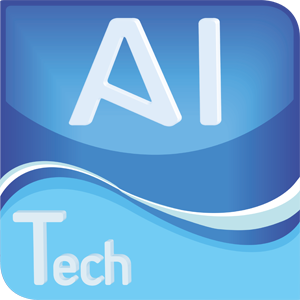Notifications generated by A.I. Tech video analytics apps can be forwarded to other systems and services within your new or existing infrastructure. A.I. Tech supports three major protocol families for integration with third-party systems: standard protocols, proprietary protocols, for integration with many Video Management Systems (VMS), or A.I. Tech proprietary protocols, for integration with A.I. Tech dashboards, AI-Dash-PRO and AI-Dash-Embedded.
Integrations
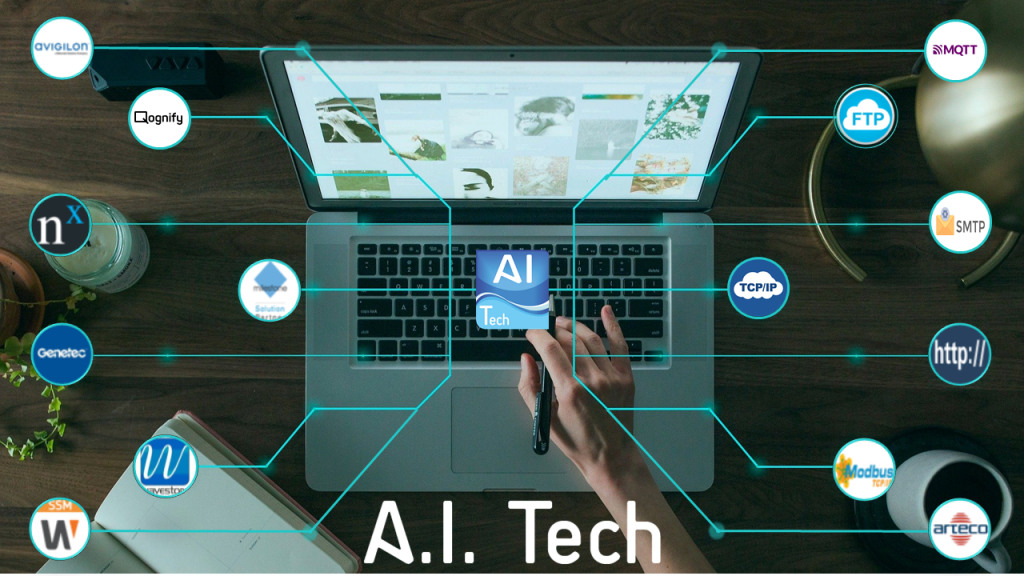
Dashboard A.I. Tech
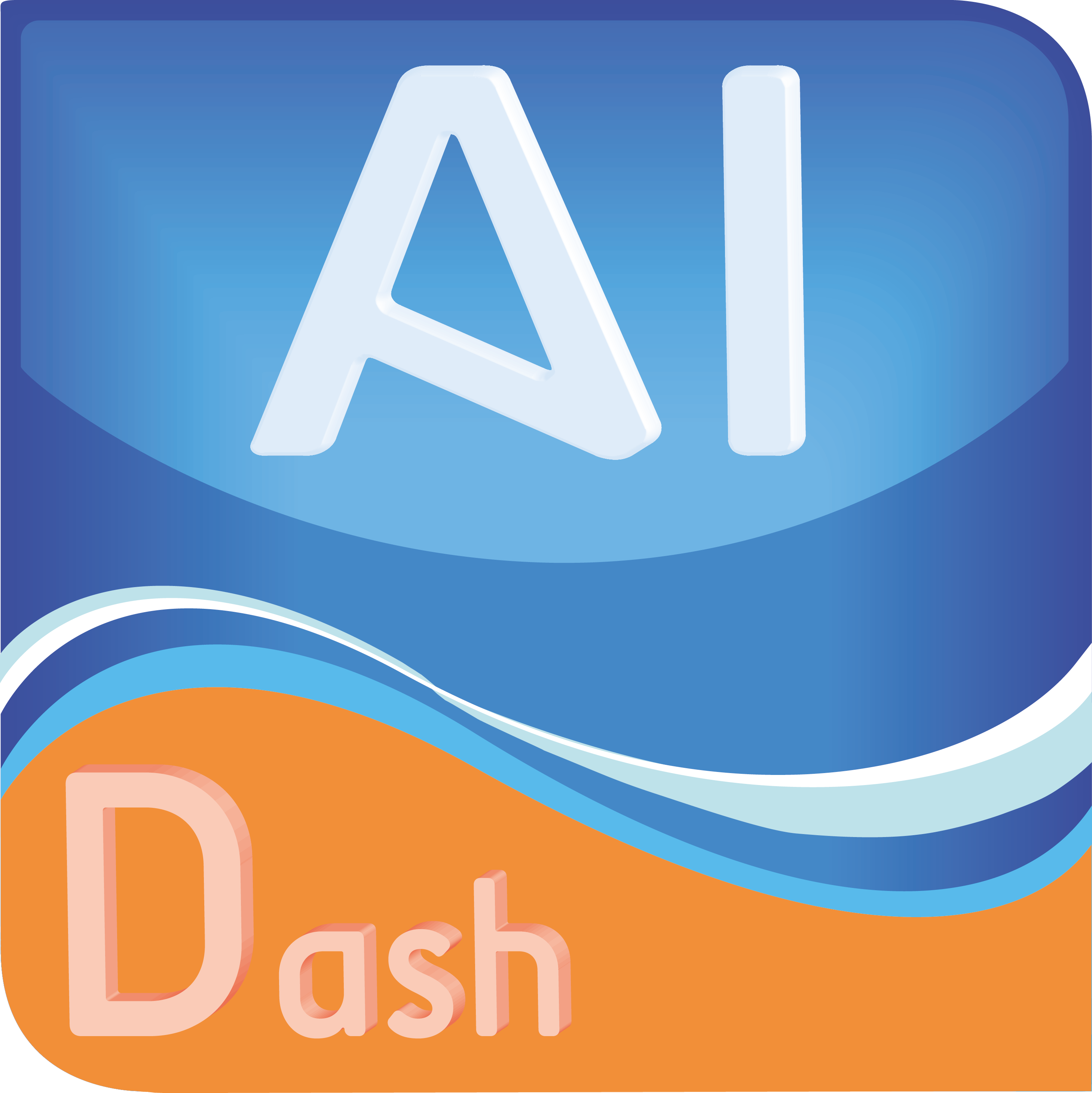
AI-Dash-PRO
AI-Dash-PRO is A.I. Tech’s Event Management System: a web application to collect, aggregate and display data generated by all your smart devices, such as cameras equipped with our video analytics applications, or third-party applications thanks to the possibility of integrating data over http and MQTT protocols. For more information, please visit our dedicated page at this link.

AI-Dash-Embedded
AI-Dash-Embedded is an integrated dashboard within the video analysis applications and accessible through the application’s web interface. This is the ideal solution for small installations, where you want to have everything on the same device without the need for an external server for data management. AI-Dash-Embedded is also available on-board of some compatible cameras, if they are equipped with an SD card; to view the complete list, please access our technical portal at this link.
Standard Protocols

The events generated by the video analysis applications can be notified by e-mail, with the possibility of attaching a sequence of images with the metadata related to the event of interest.

Notifications can be sent to FTP servers (e.g. FileZilla, IIS), storing for each one a CSV file and a sequence of images with the metadata relating to the event of interest.

A.I. Tech offers maximum integration with standard HTTP and HTTPS services. Notifications can be received by customizing requests to REST or CGI services to control remote devices (e.g. for PTZ handover mechanisms) or in JSON format, attaching one or more images to the event of interest on any third-party server, following our integration specifications.

The metadata associated with the events generated by the A.I. Tech can be received via text strings over configurable UDP / TCP protocols, such as those sent by POS systems.

A.I. Tech plugins can forward alarm notifications using the Modbus TCP protocol, according to the specifications outlined by the IEC 61158 Standard.

A.I. Tech plugins can forward notifications using the publish-subscribe MQTT protocol, according to the specifications outlined by the ISO/IEC PRF 20922 standard.

A.I. Tech also offers mechanisms to notify events of interest directly on board the device that processes the images. It is in fact possible to activate, through applications, the digital outputs on the AI-Appliance, the digital output of the Hanwha cameras and the notification mechanisms of the Axis cameras.
Video Management Systems (VMS)
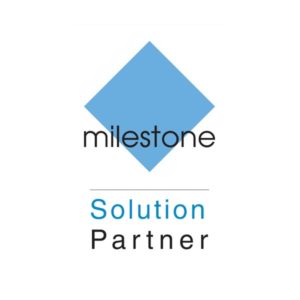
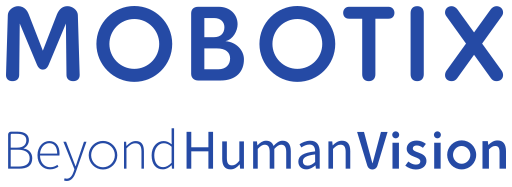

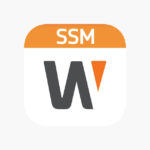
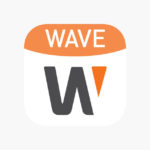
Our applications can send notifications and alarms to the following VMS:
- VMS Arteco Next, through the Open Connector license;
- VMS Avigilon, through the POS license;
- VMS AXIS Camera Station;
- VMS Cayuga, Qognify;
- VMG Genetec, Security Center 5.7, 5.8, 5.9; remember to purchase (from Genetec) the GSC-1SDK-AIT-Intrusion license which allows integration with A.I. Tech apps
- VMS Hykon;
- VMS Milestone XProtect;
- VMS MOBOTIX HUB;
- VMX Network Optics;
- VMS Smart Security Manager (SSM), Hanwha Techwin;
- VMS Video Insight, Panasonic;
- VMS Wave, Hanwha Techwin;
- VMS Wavestore;
In addition, VMS are supported that allow the forwarding of notifications via standard protocols indicated above (for example, which expose software interfaces via http, ftp or https protocol).
In addition, our applications also support:
- Network Video Recorder (NVR)
- Hanwha Techwin NVR (through a mechanism based on sending customizable text strings);
- Third party NVR capable of receiving POS-like text strings;
- Remote I/O
- Remote I/O Arteco Everywhere;
- Third party remote I/O through customizable CGI calls;
- ADAM or Moxa systems, through the use of the MODBUS/TCP protocol.



